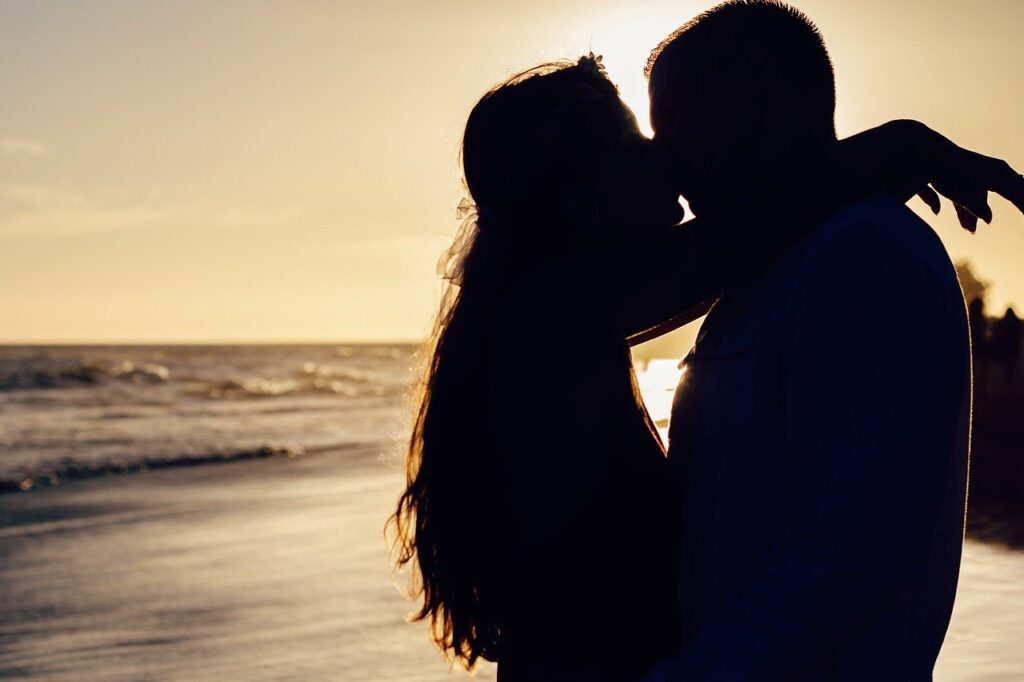The tea is in the trick, which is there: Accept defeat. Get used to it. Accept it. Without a little chaos, we can never reach our joyful conclusions, therefore give up control.
In This Article...
What is the Tarot’s most potent card?
The Fool is typically seen as a card from the Major Arcana when performing a tarot reading. Contrary to popular belief, the Fool does not fall under either category in tarot card games. Instead, the Fool serves a function that is distinct from both the simple suit cards and the trump cards. As a result, the Fool has no number assigned to it in the majority of tarot decks that were initially created for playing games. Although Waite assigns the Fool the number 0, in his book, the Fool is discussed between Judgment (number 20) and The World (number 21). The Tarocco Piemontese is the only traditional game deck that numbers the Fool 0. Since the 1930s, the corner index for the Fool in Tarot Nouveau decks has frequently been a black inverted mullet. The Fool is one of the most expensive cards in practically all tarot games.
What are the tarot cards supposed to mean?
What do tarot cards generally stand for? As shamans like to say, “medicine around what is happening in your particular orbit: love, money, work, aspirations, and general life path” is what tarot cards are there for.
How can I interpret tarot cards on my own?
I discovered early on in my tarot excursions that knowing the meanings of each card isn’t necessary, even if there is much value and wisdom to be gained from them. Your intuition holds the key to learning how to interpret tarot cards. And this makes sense given that they are instruments for receiving and deciphering messages from the universe or our inner selves. Get the best advice from readers below to learn how to read tarot cards for yourself instinctively and without memorization.
Which zodiac signs are represented by which tarot cards?
The astrological signs that correspond to the major arcana tarot cards are as follows:
- The Emperor rules Aries. Aries people enjoy taking charge of situations and being in leadership roles.
- The Hierophant is in Taurus.
- The lovers sign of Gemini.
- The Chariot of Cancer
- The Hermit, or Virgo.
The 22nd Tarot card is which?
There are 78 cards in the conventional deck used for tarot card readings, including a Fool card, an additional suit of trump cards, and the four standard suits. The Major Arcana, a 22-card deck used for divination and allegorical depiction, is composed of the trump suit and the Fool card.
Learning the significance of these symbolic cards is essential for everyone who wants to get the most out of tarot card readings. Once you have mastered the art of divination and interpreted the meanings behind the card symbols, you may really perform readings for yourself or other people if you have the gift of gab.
The Major Arcana tarot card names, meanings, and potential interpretations are listed here, along with a list of all the Major Arcana tarot cards.
Questions you don’t really want answered
Even though it might seem apparent, it’s advisable to refrain from asking the tarot cards questions that you aren’t prepared to hear the answers to. That’s because answers to these questions can reveal information you’re just not quite ready to hear.
“Tarot can definitely come off as offensive if you’re not willing to hear the truth or consider an opposing opinion. Tarot reading Nicole Fortunaso
According to tarot reader and life coach Nicole Fortunaso, “tarot may truly come out as offensive if you are not willing to hear the truth of the problem or look at an alternate viewpoint.” She advises analyzing why you’re reacting the way you are in order to reflect on how to effectively address the underlying problem if you ask the question and aren’t satisfied with the response.
What kind of religion are tarot cards?
Tarot cards also include four suits, but they are different depending on the region: French suits are found in Northern Europe, Latin suits are found in Southern Europe, and German suits are found in Central Europe. Each suit contains 14 cards: four face cards (King, Queen, Knight, and Jack/Knave/Page) and ten pip cards, numbered from one (or Ace) to ten. In addition, the tarot features a unique 21-card trump suit and a solitary card known as the Fool; this 22-card group of cards is referred to as the Major Arcana in the world of divination. The Fool may serve as the top trump or alternatively may be played to avoid doing so, depending on the game. In parts of Europe, these tarot cards are still used to play traditional card games without any occult connotations.
Tarot cards are mostly employed for amusement and divination in English-speaking nations where these activities are less popular, typically with the aid of specially created packs. Although academic research has shown that tarot cards were partially invented in northern Italy in the 15th century (16 of the modern 22 Major Arcana cards) and combined with a deck of four suits, “the Mamluk deck,” some people who use tarot for cartomancy believe the cards have esoteric links to ancient Egypt, Iran, the Kabbalah, Indian Tantra, or the I Ching. The Mamluk deck of cards was created in or before the 14th century and arrived in Western Europe after paper was produced in Asia (see Playing Card – Egypt and following sections). By the end of the thirteenth century, Europeans were making the Mamluk deck with customized “court cards” and suit symbols.
Although some people think that tarot cards were not used for divination until the late 18th century, there is evidence of an early tarot deck that was “used in divination to determine the querent’s prospects in love” (Fernando de la Torre’s “Juego de Naypes” deck of Spain, 1450), each card having an image and verse.

